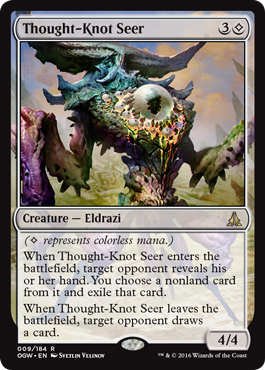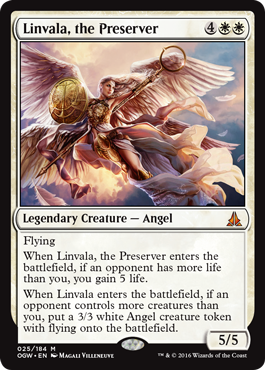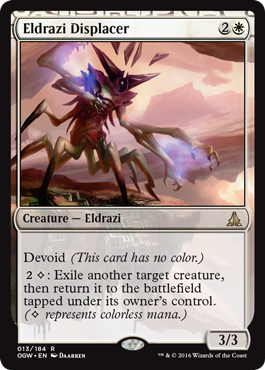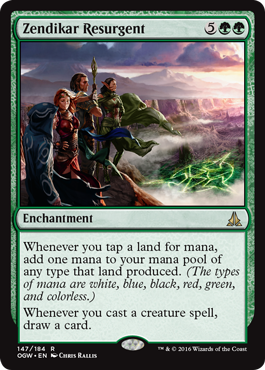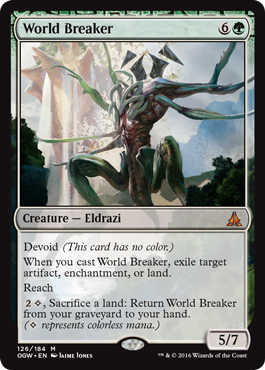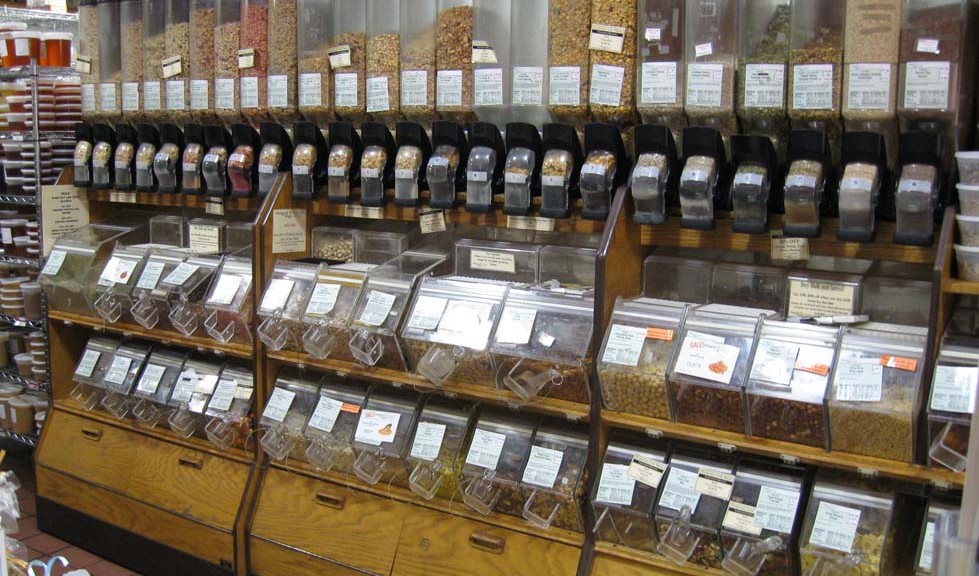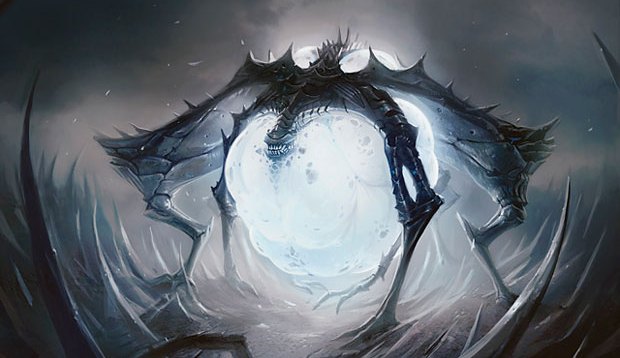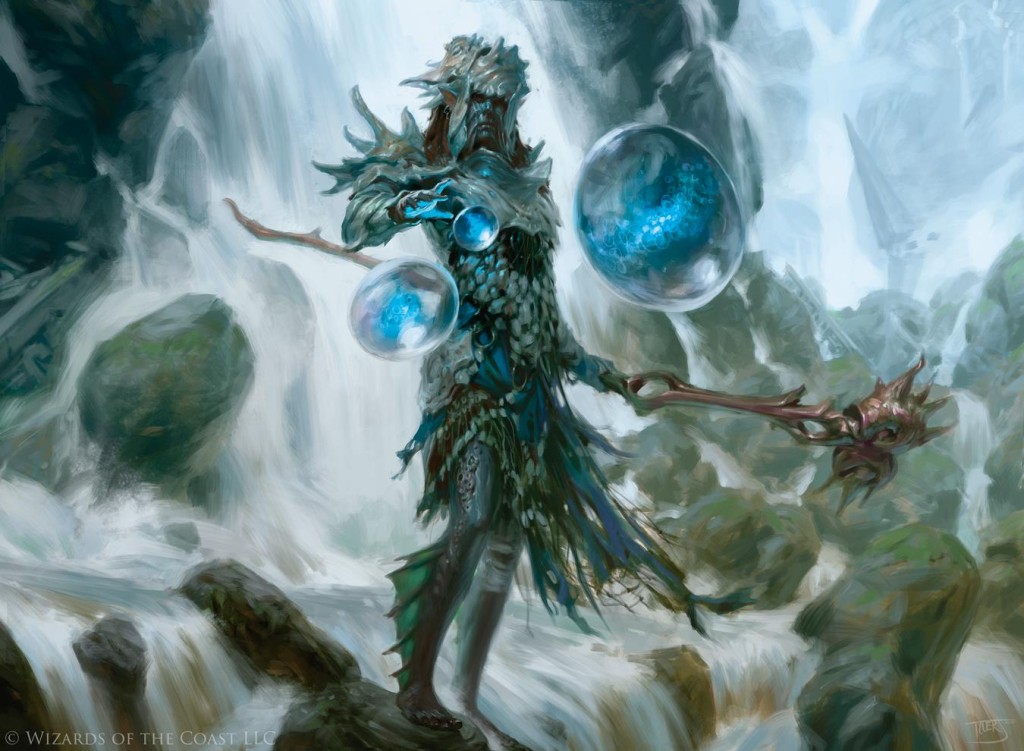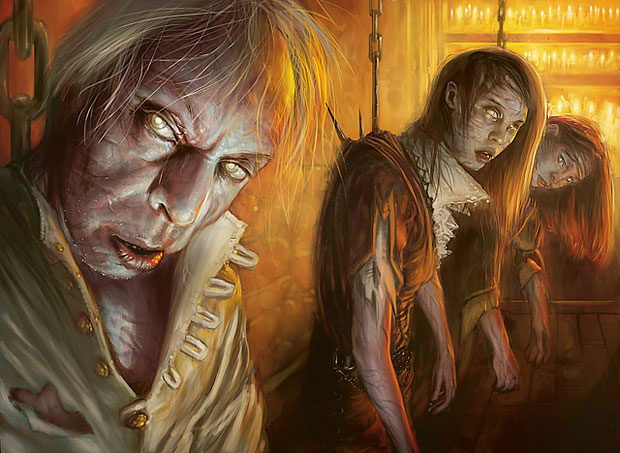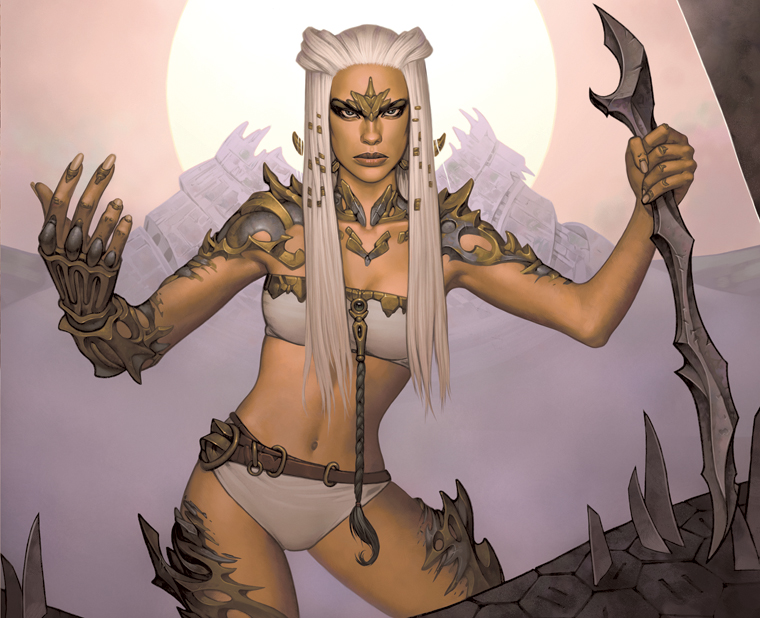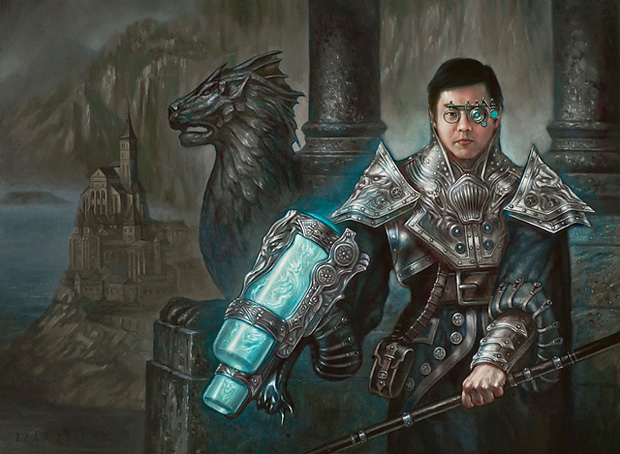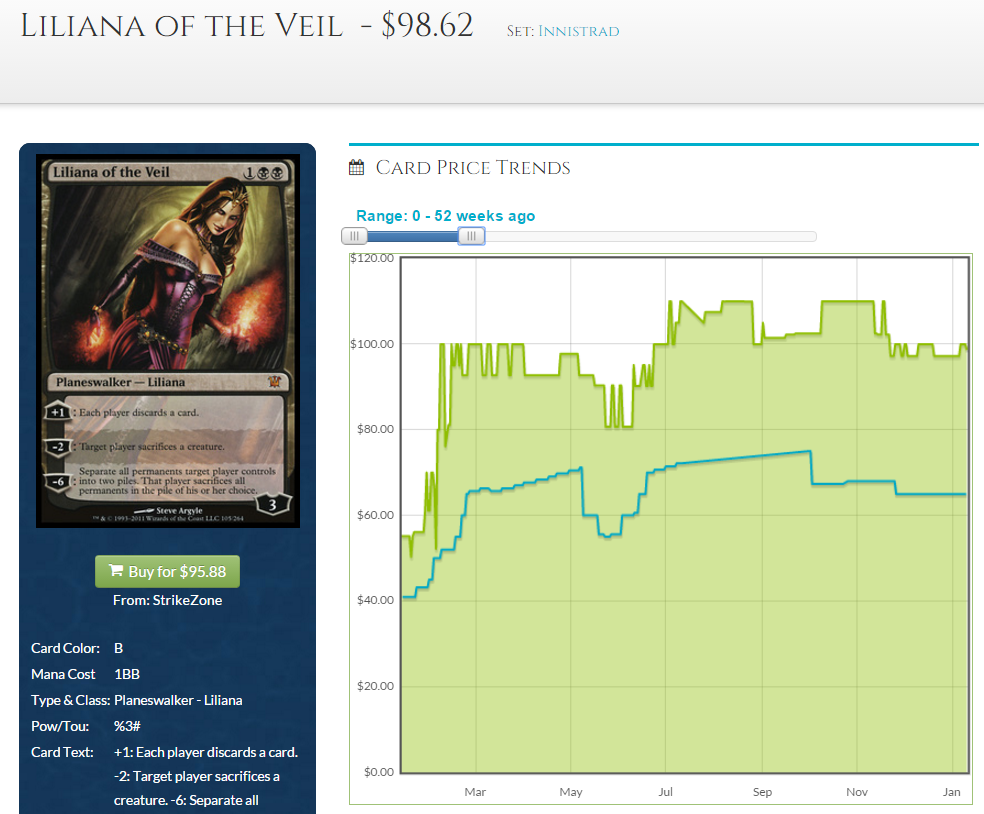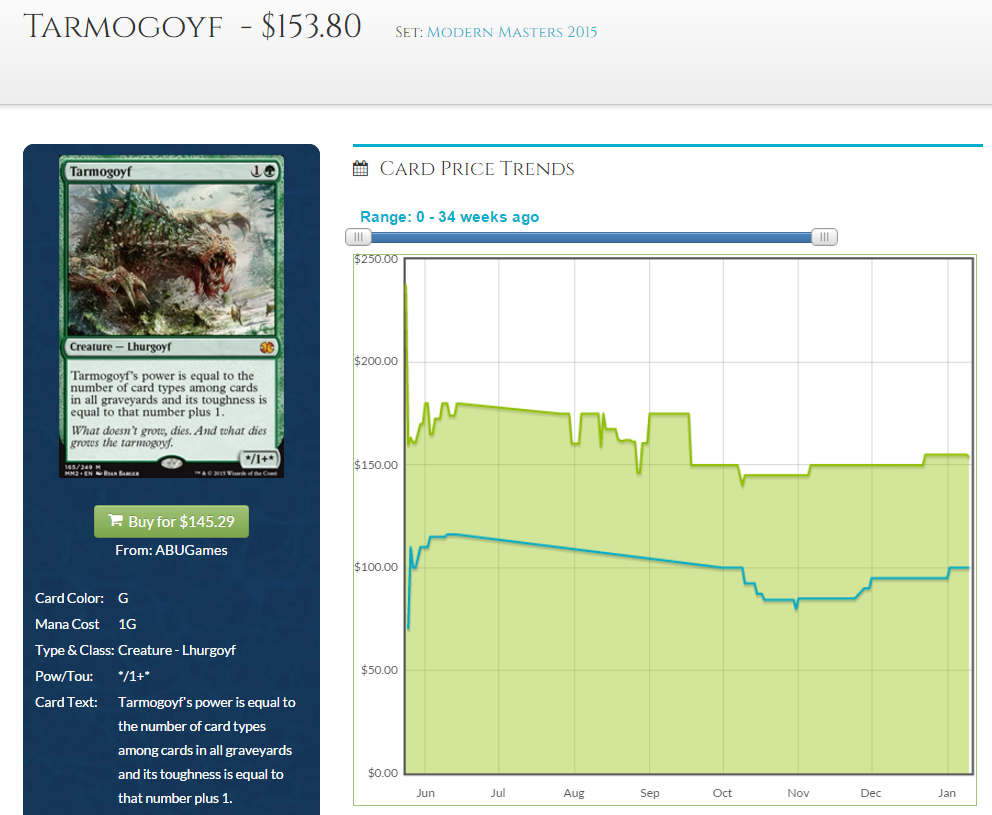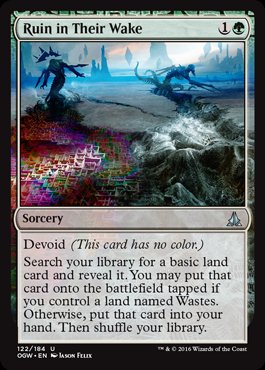It’s that time again, and it doesn’t feel like it’s been that long since Battle for Zendikar, does it? Just yesterday, we were gushing about the new Eldrazi cards and going wild over Expeditions lands that were going to make us all rich.
Or maybe that was yesterday, and we were recording the Brainstorm Brewery set review (which you can find here) and getting excited about Oath of the Gatewatch. Either way.
The point is, this set looks poised to deliver in a way that Battle for Zendikar did not. While the BFZ draft format was fun (certainly better than Magic Origins), the set itself didn’t blow everyone away, thanks to a lack of objectively powerful cards and any new ground tread. Whatever the reasons for that—not wanting to upset Modern, creating a good Standard environment, late changes made to the set—there’s no doubt that Battle for Zendikar left plenty of people wanting.
And Oath of the Gatewatch delivered. The introduction of the “sixth color,” or in reality colorless mana, is a touchstone moment in Magic’s history, and we’re going to see the repercussions of it for years to come. Whether it’s with a return of Eldrazi or something else, or maybe just making colorless evergreen, Oath looks like it will forever change the future of Magic thanks to that step.
Oh, one more thing. The cards aren’t half bad, either. Let’s talk about a few of the most impactful.
Thought-Knot Seer
This guy is actually nuts. It’s a mix of Brain Maggot meets Vendilion Clique, and this guy’s ability may just be better than them both. The reason Vendilion Clique is good is obviously tied to the 3/1 flying body, but there’s also the fact that unlike something like Brain Maggot—where what you take is something good and you’re guaranteeing them a good card back when it dies—Clique provides them with a random card from their deck, which the odds are is worse than the card you bottomed.
Thought-Knot Seer mixes both abilities to an even stronger configuration. Now you get to exile the card of your choice (relevant at times), but they actually have to do work to get a random card back! With V-Clique, when you take their removal spell, they have to find an answer to the faerie, but at least you’re “helping” them dig to it. With Thought-Knot Seer, they get no such help.
Pro players are excited about this card, and for good reason. I expect this to be a huge player in Standard, and while it’s certainly powerful enough to make it in Modern, the colorless requirement may hold it back some. At the very least, look for Tron to find a way to fit these into the sideboard for combo matchups.
Is $7 the right price? It’s hard to say. If the Pro Tour were Standard, I’d be happy to trade for them at that price. But it’s not, so its upside is limited in the short term. Let this get a little cheaper, then move in hard before rotation.
Linvala, the Preserver
My castmates on Brainstorm Brewery and I disagreed heavily about this card. Frankly, I think they’re crazy to not see this as a bomb.
Linvala does something very few cards in Magic—and especially Standard—do well: help when you’re behind. Ugin is the shining example of this right now: no matter how far behind you are, he will always catch you up.
Linvala obviously isn’t as powerful as an eight-mana planeswalker, but she makes a huge impact. Imagine the following scenario, one I’m sure will occur before Linvala finishes her run in Standard: your red opponent has a few guys out and has wittled your life total down against your midrange or control deck. You’re starting to battle back, but you’re still in burn or burst range.
What answers everything possible? Linvala does. The life gain puts you out of burn range, the two bodies block, and the fact that you do get two bodies helps to guard against removal. It may not be the second coming of Thragtusk, but let’s remember that Thragtusk was pretty oppressive in Standard, so anything even approaching that is pretty darn good. And the great thing about Linvala is that if you’re ahead and she’s at her worst, then you’re already ahead! I see control decks making heavy use of Linvala before she’s done in Standard.
Financially, I think this will go lower before it goes higher. Standard right now is actually not a bad place for Linvala, but she still has a lot of competition. Again, I can’t stress how important the Modern Pro Tour is here, because it’s going to draw attention away from Standard. Let this angel hit $3 or $4, then move in hard.
Eldrazi Displacer
I know everyone is psyched about this card, and for good reason. Not only is it just plain dumb with Siege Rhino, Jason Alt says it will reshape Commander as we know it. Obviously that’s a strong statement, but holy Heliod, this card does it all.
Still, it’s a rare in a set with Expeditions lands looming overhead, so I think this guy will be coming down from the $5 preorder tag, if only by a few dollars. If you want yours immediately, don’t feel bad paying this, but also don’t expect it to shoot up immediately. I love this as a long-term spec if it can avoid a reprint during its Standard run, but in that sense, you’ll have a few months before you want to pick them up.
Zendikar Resurgent
You won’t find a better Commander long-term foil bet than this, assuming the foils land in a reasonable place. Sure, it’s no Mana Reflection, but Mana Reflection is a completely absurd card, and very expensive at that. Resurgent slots perfectly into Maelstrom Wanderer decks (a card that is on the precipice of exploding in price itself), and there are a ton of other decks besides that will want this thing.
I don’t see this thing making any waves in Standard, but that doesn’t matter with such a surefire Commander hit as this. I’ll have more guidance where we see where foils land, but for now I’d be interested in picking those up this weekend.
Bonus casual card callout: Call the Gatewatch. People love planeswalkers, and a few years from now you’re going to be happy you grabbed them for bulk.
World Breaker
I know the Eldrazi decks can only run so many ramp targets—and I haven’t even mentioned Kozilek—but World Breaker has that baby-Ulamog, the Ceaseless Hunger thing going for him, and the random reach ability is actually super relevant in the current Standard format.
Just like Oblivion Sower is a key card in the ramp mirrors I expect will become more and more of a thing now and after rotation, so too is World Breaker. Hitting their lands can be very key, and there’s actually a ton of relevant enchantments running around Standard right now thanks to Silkwrap and the new Oaths that are being printed. World Breaker isn’t going to set Standard on fire, but he is going to see play, and at $3 on a mythic from a set that will only be here a few short months—and not even get a Pro Tour to show it off—I like picking this guy up this weekend.
I know I’ve only touched on a few cards here, and there are plenty more I’m excited about (Matter Reshaper, get in my Karador deck already), but I wanted to touch on the ones I find most intriguing, and in some cases worthy of picking up, heading into the prerelease.
Until next week, may your teammates always support you!
Thanks for reading,
Corbin Hosler
@Chosler88 on Twitter/Twitch/YouTube

